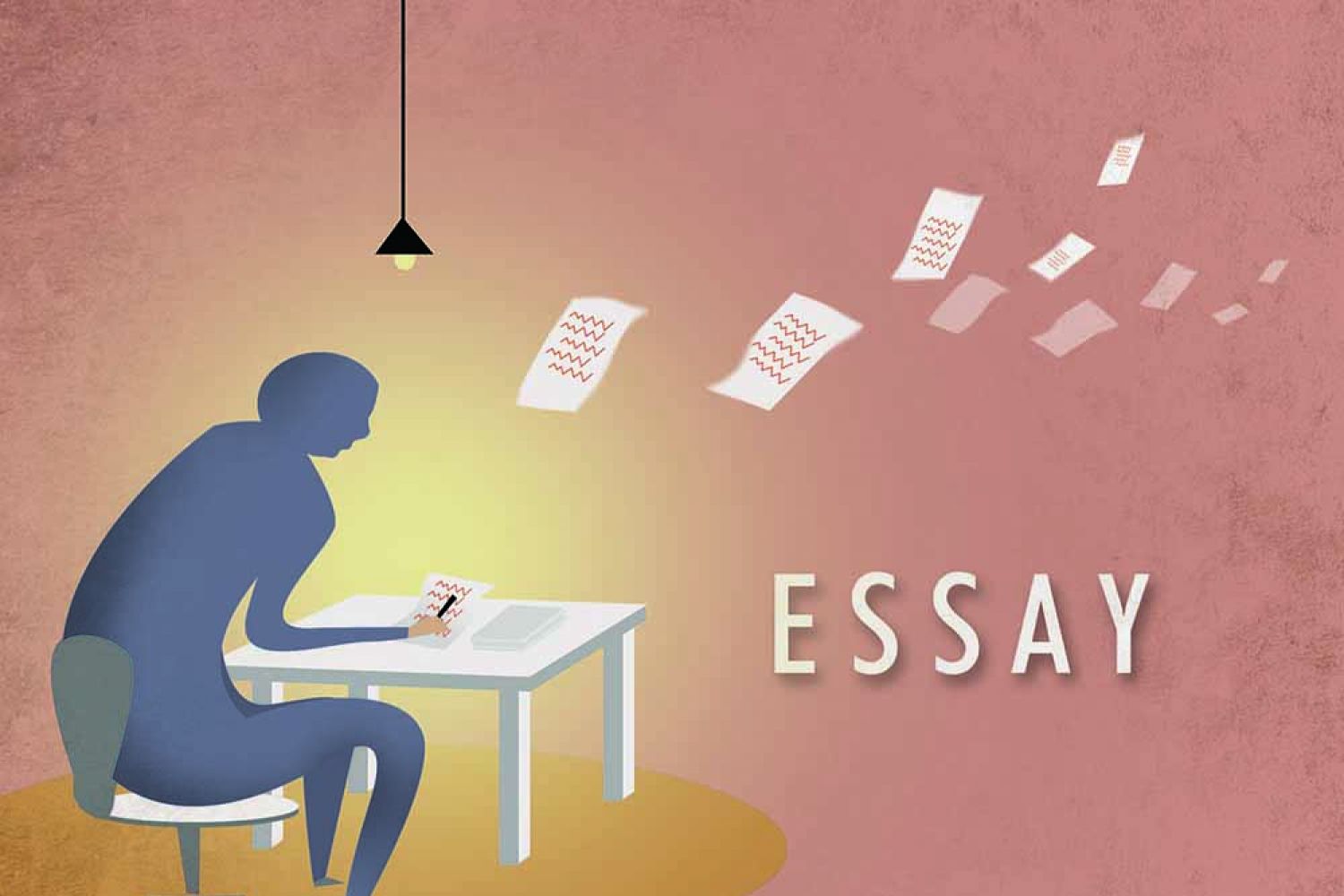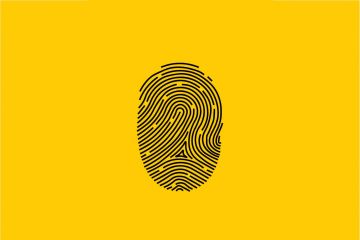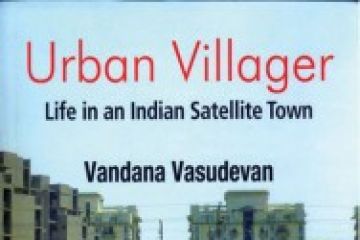
The Dalit tradition is
well represented in Punjabi literature, but before we get down to cases we need
to examine certain aspects that make Punjabi Dalit writing different from all
other traditions. Moreover, it’s my personal belief that it’s impossible to
understand any aspect of a region’s literature if you’re ignorant of its
history. It’s absolutely indispensable if you want to understand the nuances.
Long reflection has
made me sceptical about many of the beliefs prevalent
Continue reading “‘Histories that make the heart quake’”
Read this story with a subscription.





